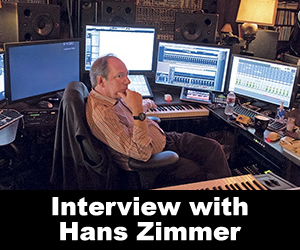If it matters, Cubase 6.0.4, custom DAW computer, 8GB RAM, AMD 6 core 3.2 gHz processor, and its punk/ rock. Also, unless otherwise noted, all references to levels will be in dbfs.
So, I'm not a noob, but perhaps this is a noob question. What is the proper gain/channel structure for mixing ITB?
To be specific, I mean,is it better, mechanically inside the DAW to (just an example, not stating this is what I do or these numbers are goals) have my snare TRACK peaking at -6 and pull the DRUM BUS fader way down so the snare peaks at around -18 to account for all the summing taking place,
OR
have my snare TRACK fader down so it's peaking at -18 and leave plenty of head room to start with in my DRUM BUS so the bus fader pretty much sits at unity when not being automated?
I know that all the Cubase faders have better resolution for -12 to 0 than from -∞ to -12, but in terms of available headroom and signal to noise ratio, is there a "better/preferred" method for fader levels in the mixer for the signal path?
Is one way better than the other, or does it even matter?
Let me explain as maybe I'm not using the correct terminology:
I want to keep my pre-master, mix level (in dbfs on the stereo output meter) at around -3 to -6 dbfs (according to some).
So obviously, my individual tracks and busses cannot be hitting anywhere near that as the total sum of all tracks must peak at ~-6.
I have Googled this question for the better part of a week and found people strongly preaching opposing views in terms of "starting level". Some say keep your snare at -6 and build around that, so people say "use your ears" and "whatever sounds good"
The whole "use your ears" & "there is no "right way" thing frustrates the $#!T out of me. I went to school for this (although obviously didn't pay enough attention to this point), but the reality is, there is a rough set of "better/best practices" used by successful pros. I understand that your ears are the best and most powerful tools you own; better than any spectrum analyzer, VU meter, dbfs meter, book you can read or tutorial you can watch. I GET IT, OK?!?
But, "usung your ears" as a catch all answer is absurd. Some people have better ears than others, whether through good DNA or through years of training. "Use your ears" is good advice, but usually after you understand the Fletcher-Munson curve, have a firm working knowledge of the frequency spectrum, a reasonable grasp of psychoacoustic principals and lots of hours logged mixing different genres, finding what EQ's, compressors, etc. work the best on what instruments/styles. Maybe to MY ears, slamming every buss channel with -25 db of compression sounds good (it doesn't, but it's just an example), but that doesn't mean the general public who is accustomed to radio production will think it sounds good, and that most engineers/producers wouldn't rip me apart for killing every transient in the mix!!!!
So if you are going to respond with the one sentence "use your ears", then GFYS.
Ok, disregard what I said about snarky remarks earlier


